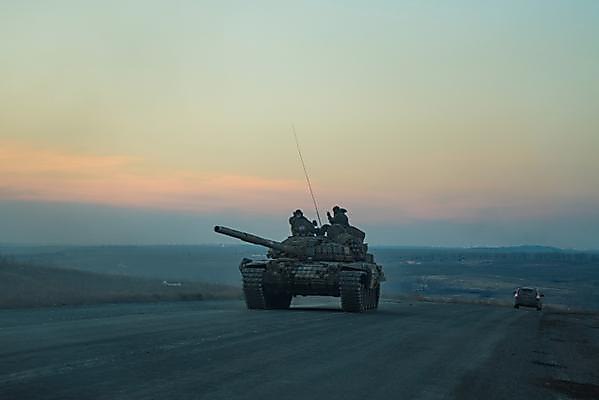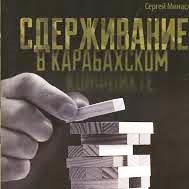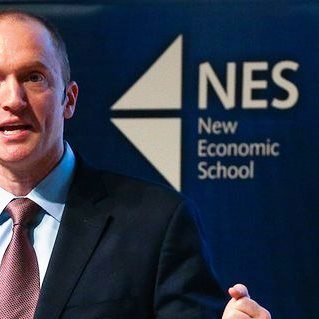(EDM) Looking into the remaining years of the 2010s, it is only too obvious that decline is set to be the dominant trend in Russia, and it is easy to predict that the trajectory will be neither smooth nor agreeable for this diminishing power and its neighbors. This decline was certainly not initiated by the sharp drop in oil prices in the middle of the decade—nor can it be arrested by the potential recovery of this volatile commodity to a more sensible plateau of $40–50 per barrel. It can be argued that Russia’s “resurgence,” which appeared so robust in the 2000s, contained and nurtured many causes of the forthcoming decline, which is a complex phenomenon combining a range of factors from demography to infrastructure to corruption. A key element in the erosion of Russia’s trajectory toward gaining strength was the authoritarian mutation of its political system, which had already begun in the course of Vladimir Putin’s first presidency and reached the stage of complete degradation with his return to the Kremlin in 2012. One institution that stands out from the general picture of corrupt decay is the Armed Forces. This analysis will look into the very particular combination of modernization and dislocation of the Russian military machine: specifically, how political abuse of the military is aimed at compensating for the lack of other components of state power—which then leads to an acceleration of the general decline of the country. […]
Read More | PDF | Eurasia Daily Monitor











